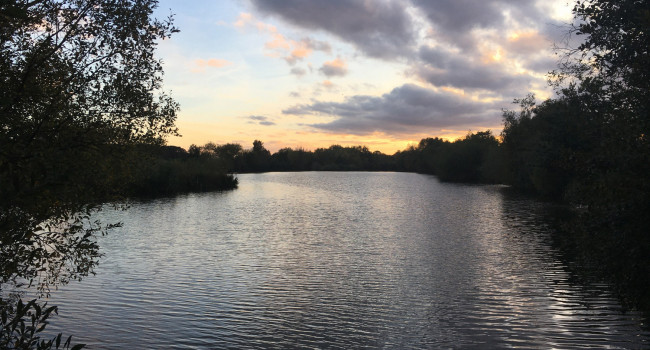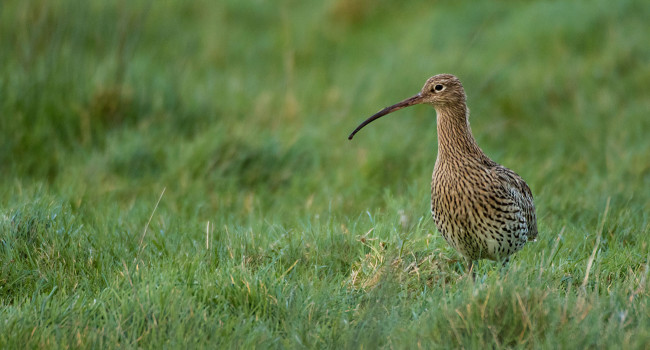Colonisation and range expansion of inland-breeding Cormorants in England
Author(s): Newson, S.E., Marchant, J.H., Sellers, R.M., Ekins, G.R., Hearn, R.D. & Burton, N.H.K.
Published: December 2013
Journal: British Birds Volume: 106
Download article 662.11 KB application/pdf
Staff Author(s)








Share this page